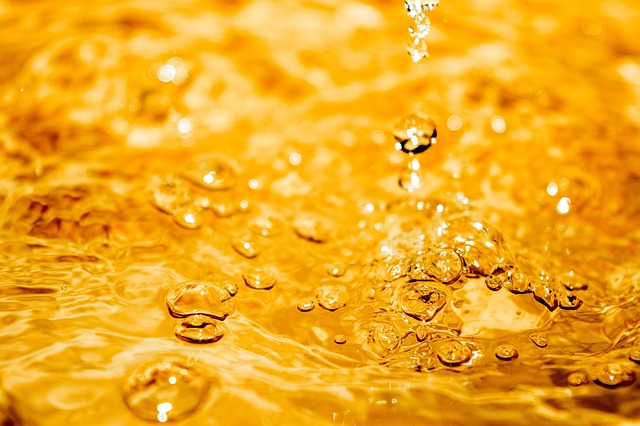Introduction
Gold chloride, also known as gold(III) chloride or auric chloride, is a chemical compound with the formula AuCl₃. It is widely used in various industrial, scientific, and technological applications due to its unique chemical properties and high reactivity.
Chemical Properties
Molecular Structure and Composition
Gold chloride is composed of gold and chlorine atoms, forming a trimeric structure (Au₂Cl₆) in its solid state. It appears as a dark red to orange crystalline solid, highly soluble in water and organic solvents.
Reactivity and Stability
– Gold chloride is highly hygroscopic, meaning it readily absorbs moisture from the air.
– It is a strong oxidizing agent, making it reactive with various organic and inorganic substances.
– It decomposes at high temperatures, releasing chlorine gas and gold metal.
Industrial and Scientific Applications
Electronics and Nanotechnology
Gold chloride is extensively used in the electronics industry for gold plating. It serves as a precursor for gold nanoparticles, which are applied in:
– Semiconductor manufacturing
– Conductive coatings
– Advanced nanomaterials research
Catalysis and Chemical Synthesis
Due to its high reactivity, gold chloride is used as a catalyst in various chemical reactions, including:
– Organic synthesis
– Polymerization reactions
– Hydrocarbon processing
Laboratory and Analytical Applications
Gold chloride is commonly employed in analytical chemistry for:
– Gold detection and quantification in ore and metal samples
– Preparation of gold-based reagents for research
– Precipitation of gold in metallurgical processes
Handling and Safety
Precautions
Gold chloride is a corrosive and toxic substance that requires careful handling. Protective measures include:
– Using gloves, safety goggles, and protective clothing
– Storing in a cool, dry, and well-ventilated environment
– Avoiding direct contact with skin and inhalation of fumes
Disposal and Environmental Concerns
As a hazardous material, gold chloride must be disposed of in accordance with local environmental regulations. Proper neutralization and containment methods are essential to prevent contamination of water and soil.
Conclusion
Gold chloride (CAS: 16961-25-4) is a highly valuable compound in industrial, scientific, and technological fields. Its applications in electronics, catalysis, and analytical chemistry make it a crucial material for modern advancements. However, proper handling and disposal are essential due to its toxic and reactive nature.
